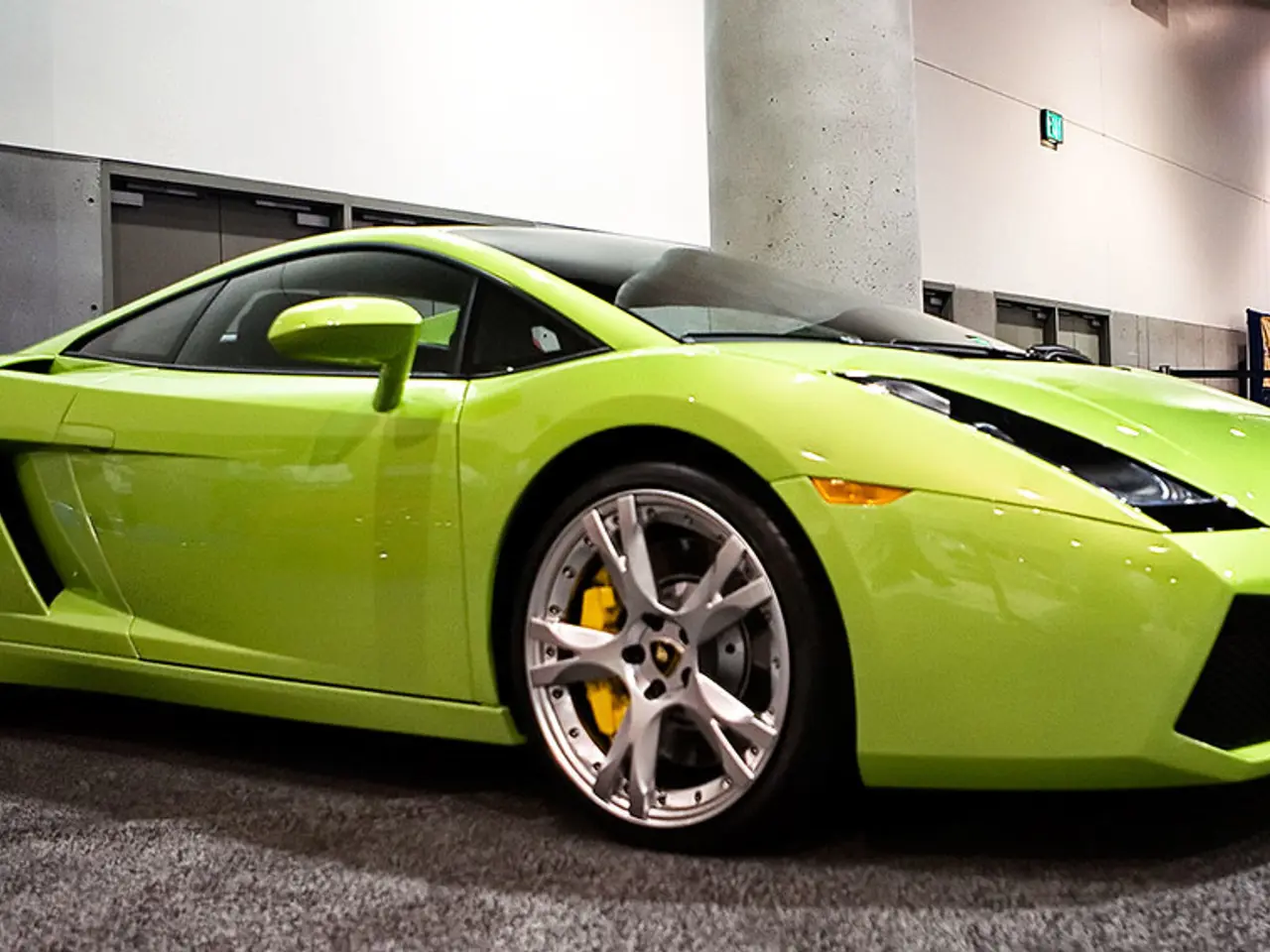Upgrade to Unreal Engine possible for Tesla Autopilot user interface
Tesla is set to make a significant leap in its in-car user interface (UI) with plans to transition its Autopilot and Full Self-Driving (FSD) visualizations from the open-source Godot engine to the Unreal Engine developed by Epic Games. This shift, currently detected in firmware version 2025.20 for Model S and Model X vehicles equipped with AMD-based MCU 3, is still in the early stages of deployment and not yet widespread across all Tesla models.
Potential Benefits of the Switch
The move to Unreal Engine promises several advantages, including significantly enhanced graphical detail and fidelity. Unreal Engine is renowned for its photorealistic rendering and complex, high-quality 3D visuals, while Godot is lighter and simpler, optimized for efficiency.
With Unreal Engine, Tesla could deliver more immersive and realistic in-car visualizations of Autopilot and FSD features, improving driver information and experience. The transition could also enable the integration of advanced 3D maps such as Google Maps or Apple Maps, providing richer contextual driving information.
Moreover, Tesla would join a growing list of automakers like Rivian, Ford, GMC, Volvo, and Lotus who already use Unreal Engine for in-car graphics and interfaces, benefiting from its continual development and support within the gaming and automotive industries.
Current Status
The switch from Godot to Unreal Engine has been found in Tesla’s firmware code but is still in a preparatory, behind-the-scenes phase. It is not yet fully rolled out or active in consumer cars. Initially, the transition is limited to Model S and Model X models equipped with AMD MCU 3 chips, with other Tesla models remaining on Godot for now.
No official public statement or confirmation from Tesla or Epic Games has been made regarding this transition, although their prior collaboration includes the Tesla Cybertruck appearing in the Fortnite game last year, indicating an existing relationship.
Implications of the Change
If confirmed, the shift to Unreal Engine could mark Tesla's biggest in-car UI leap in years. The potential change could extend to the entire infotainment system, including navigation and media playback. The upgrade could mean sharper visuals and smoother animations in Tesla's driver-assist displays.
The shift to Unreal Engine could potentially include weather simulation in Autopilot displays, boosting driver confidence in Tesla's semi-autonomous systems. A user named @greentheonly has shared an example of the new visualization on Twitter, showcasing the new visualization's potential.
The Unreal Engine-powered visualization is already active on the main screen, controlling the vehicle avatar with greater interactivity and detail. The upgrade, in its early stages, may be expanded to more vehicles over time.
[1] https://www.teslarati.com/tesla-model-s-model-x-2025-20-software-update-unreal-engine/ [2] https://electrek.co/2022/06/06/tesla-model-s-model-x-2025-20-software-update-unreal-engine/ [3] https://www.motor1.com/news/355359/tesla-model-s-model-x-2025-20-software-update-unreal-engine/ [4] https://www.gamespot.com/articles/tesla-cybertruck-appears-in-fortnite-as-limited-tim/1100-6490422/ [5] https://godotengine.org/ [6] https://www.unrealengine.com/en-US/what-is-unreal-engine [7] https://twitter.com/greentheonly/status/1291802630414250000 [8] https://twitter.com/greentheonly/status/1554872948638779392
- The transition from Godot to Unreal Engine for Tesla's in-car UI could allow for more immersive and realistic visualizations of smartphones and gadgets, thanks to Unreal Engine's photorealistic rendering and complex, high-quality 3D visuals.
- As Tesla joins a growing list of automakers using Unreal Engine for in-car graphics and interfaces, it could potentially integrate advanced 3D maps like Google Maps or Apple Maps, utilizing data-and-cloud-computing technologies for richer contextual driving information.




